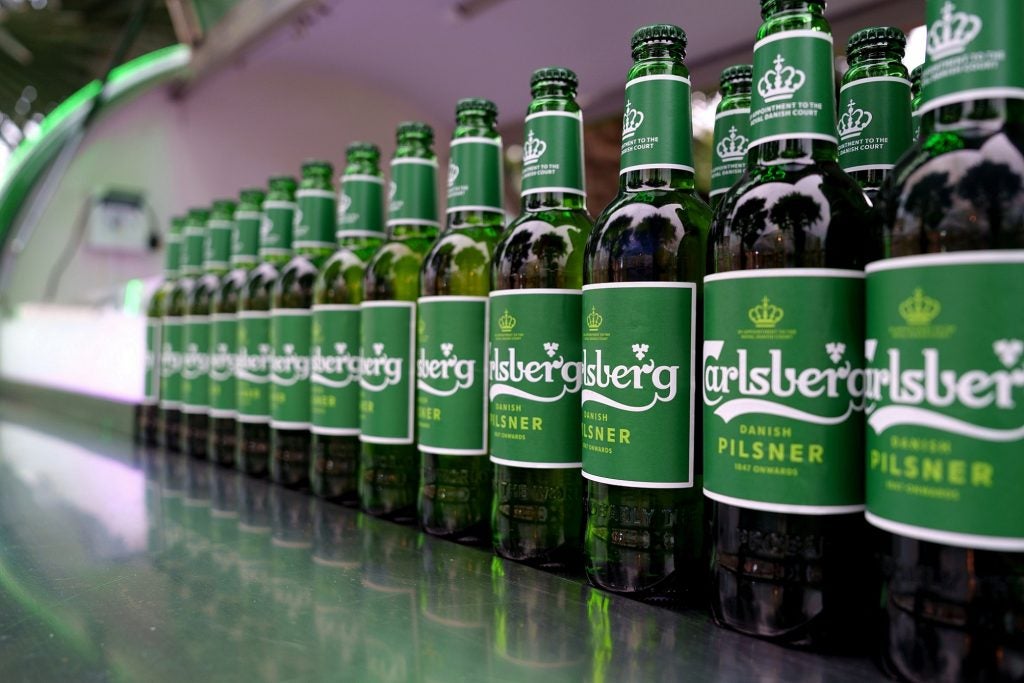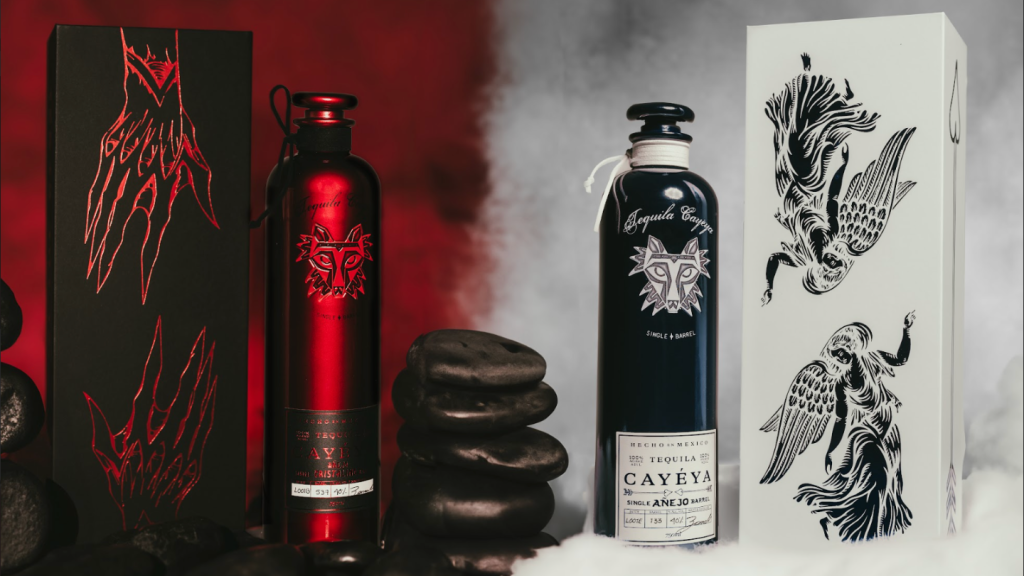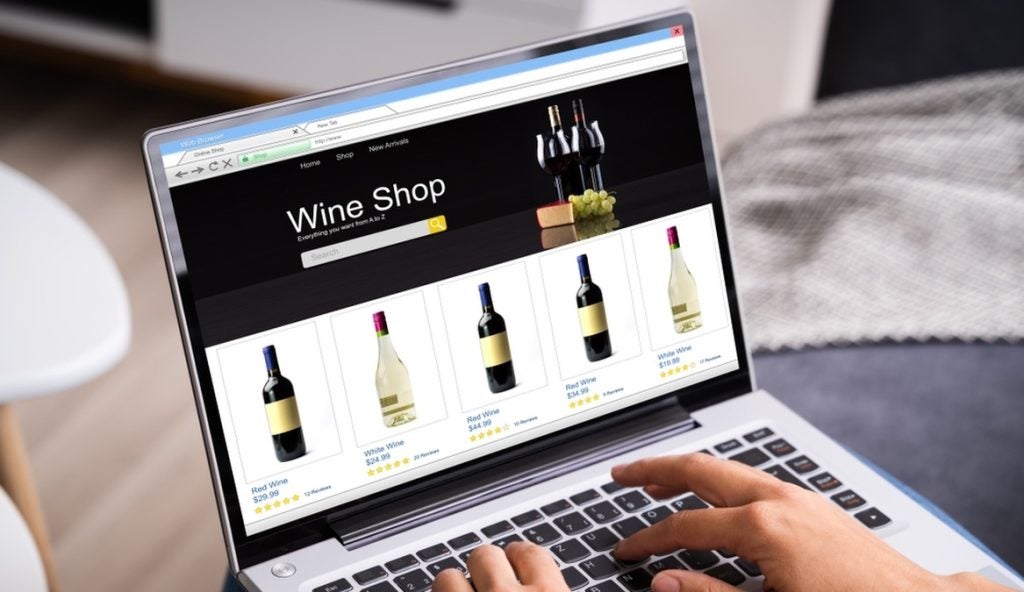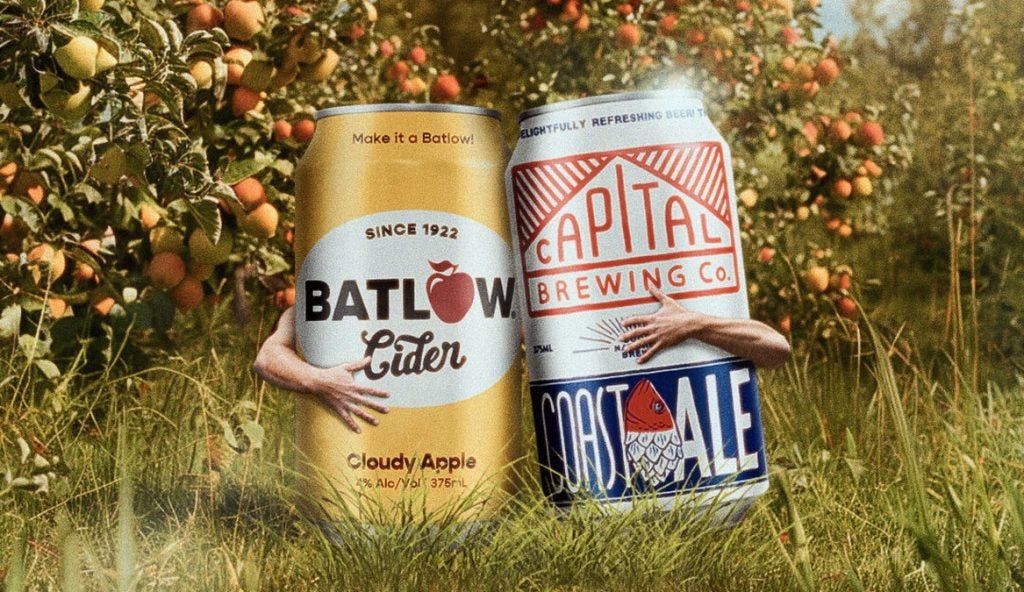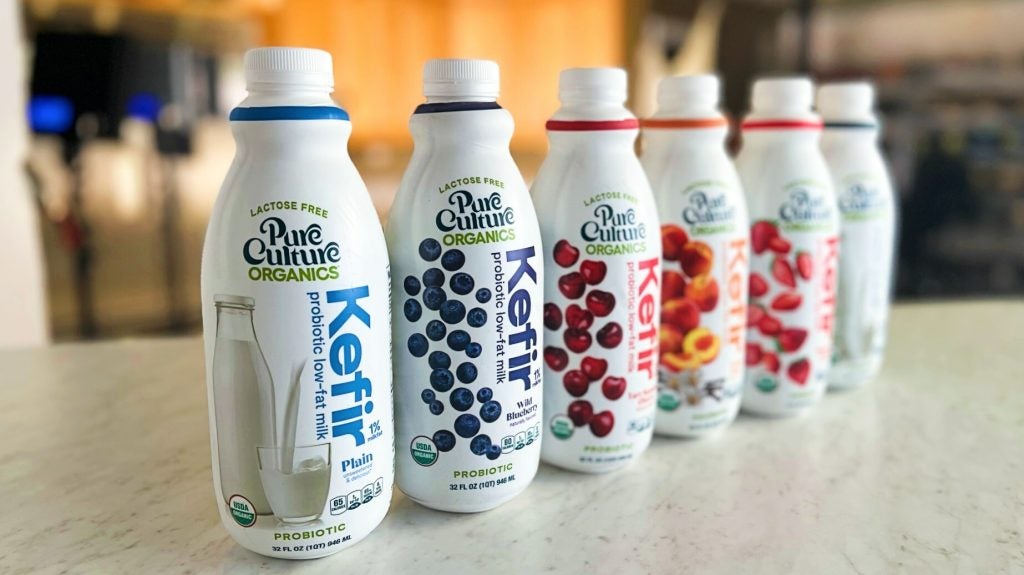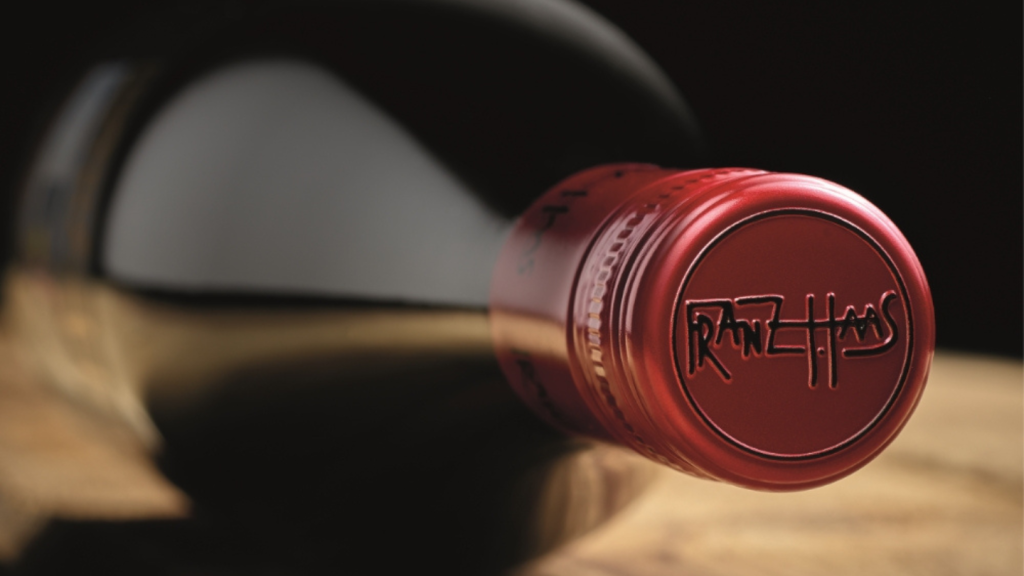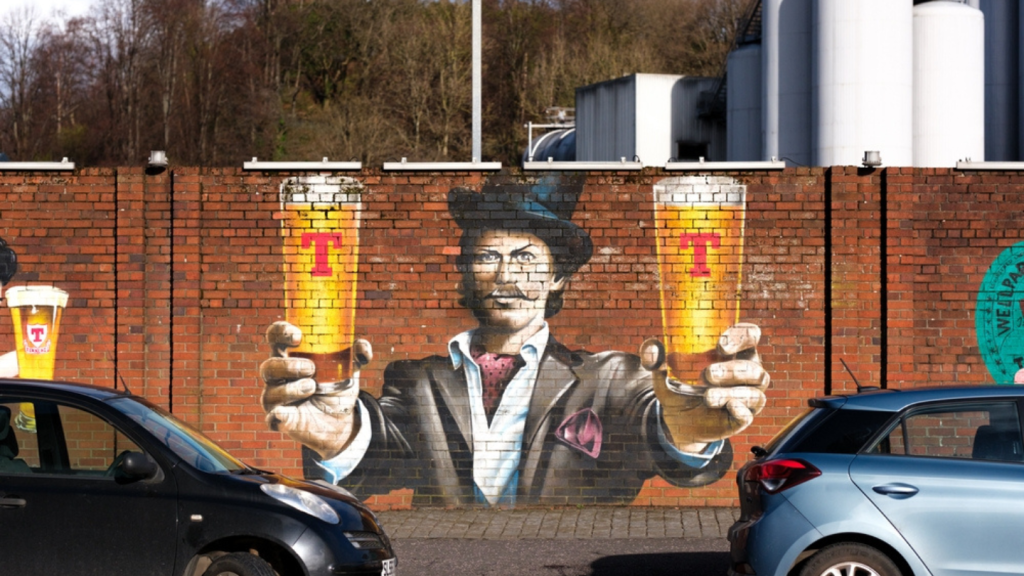An estimated 46% of total greenhouse gas emissions between picking grapes and bottling wine comes from glass production*.
While most don’t think glass bottles will ever be replaced by alternative materials entirely, there are plenty of manufacturers looking at ways to prevent shipping glass around the world.
Glass bottles can weigh almost half a kilogram when empty and most wine is drunk young – within a year. So what are the alternatives?
While the options for transporting in bulk are improving, some still fear for its impact on wine quality and securing a bottler at source can be impractical if exporting to many markets.
Another option is to look at lowering the carbon footprint of the bottle. But every packaging material has its downsides – not least of which being the risk people won’t want to buy it.
“Any tweak you make [to a bottle] is an immediate de-spec of a product,” says Tom Hanson-Smith, associate director at Journey’s End, which launched a wine range in Frugal Bottles in 2023. He says a bottle looking and feeling like wine is critical: “We are triggered to buy based on familiarity and comfort. There’s a huge element of psychology that comes into play.”
Lightweight glass
Glass is often still considered a mark of quality by shoppers, so reducing the weight of bottles can be a step towards reducing emissions from transport and production, without losing that sense of it being ‘good’.
Some producers only use lighter glass for their entry-level ranges, while keeping the traditional heavy bottle for their top ranges.
Italian winery Alois Lageder has been reducing the weight of its glass bottles gradually since 2021, when it worked with a glass supplier to create its ‘Summa’ bottle for its entire range – challenging the notion that heavy equals quality.
Lageder’s first Summa bottle reduced the weight of the company’s bottles from 650g to 450g. Since 2023, it has been using a 420g bottle (which has not been patented to allow other wineries to use the design). Lageder estimates the latest model reduces its glass consumption from 512 tons of glass with the old 650g bottle, to 398 tons.
It has also stopped using aluminium screw caps and replaced the zinc capsules on cork-closure bottles with paper ribbons (pictured). These moves, Lageder estimates, reduce its use of zinc alloy and alumimium by five tons a year, to be replaced with 180kg of paper.
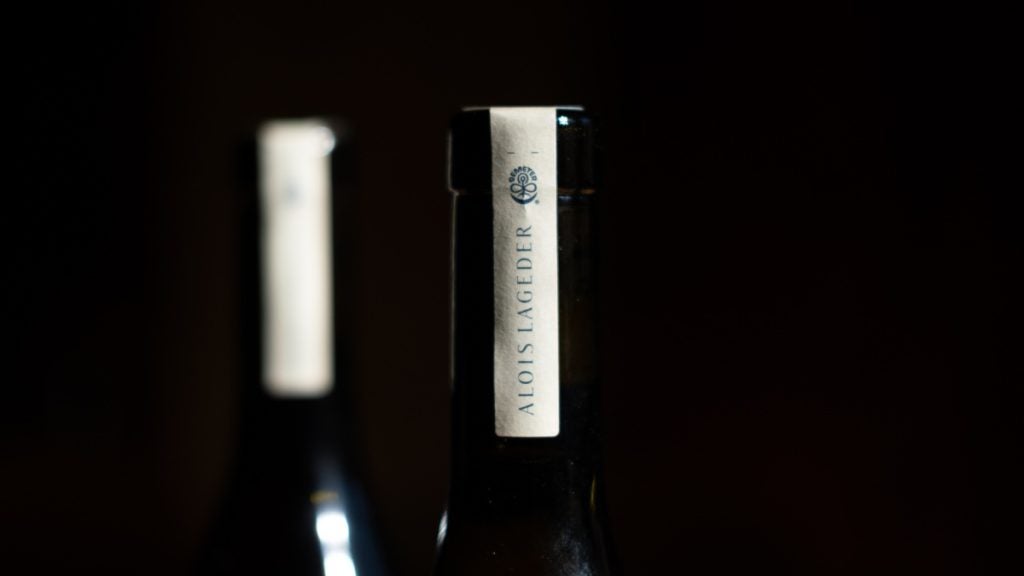
Sparkling bottles are trickier to make lighter, given the pressure they need to withstand.
Champagne Telmont, majority owned by Rémy Cointreau, worked with French glass manufacturer Verallia to create reduce the weight of its bottles 800g. Like Lageder, the research and innovation is open source. Telmont calculates glass production is one of the main sources of indirect CO2 emissions for a Champagne house - forming 24% of Maison Telmont's total emissions.
President Ludovic du Plessis says an average Champagne bottle weighs 835g, while bespoke bottles can weigh upwards of 900g. He plans to switch 100% of Telmont's range into the 800 bottle by 2025.
“We have recently confirmed that the scientific tests on the 800g bottle are positive. The change from 835 to 800 grams has no impact on the bottle's mechanical strength,” du Plessis says.
“This is incredible news for Champagne. Imagine if the entire Champagne region adopted this new super-light bottle, the CO2 reduction would be considerable.” He adds it could be possible to go lighter “now we know that 800g is possible”.
Telmont is planning to extend its “lightweighting approach” to other formats, including reducing its half-bottle from 500g to 460g and launching tests on magnums, which could reduce the bottle weight from 1,730g to 1,600g.
Telmont has also axed its gift boxes – a common non-negotiable for a luxury wine brand like a Champagne house. “The best packaging is no packaging. We make Champagne. We don’t make gift boxes. Just by doing that you reduce the carbon footprint of each bottle produced by 8% – it’s massive,” du Plessis said.
Plastic bottles – round and flat
No matter the format, many glass alternatives contain a level of plastic. It’s shatterproof, cheap to produce, recyclable – PET can be recycled infinitely, in theory, if the infrastructure is there – and, most importantly, it is much lighter than glass. Plastic bottles also have the benefit of looking – often indistinguishably – like wine when placed on a shelf.
In 2022, UK-based packaging manufacturer Petainer launched 49g virgin-PET wine bottles, which are now available in Bordeaux and Burgundy shapes at 75cl and a one-litre Bordeaux bottle.
While plastic has for so long been the antithesis to all things sustainable, Petainer refillable bottle programme manager Michael Joyes says: “When you make the case around carbon footprint, people start to think a little bit differently.
“You’re going to get around a 70% carbon footprint saving with PET versus glass. It’s also very hard to decarbonise the glass-production process. PET has allowed companies to produce huge amounts at very low cost with a very low carbon footprint compared to glass or aluminium.”
Now (2024) the bottles form “a big chunk” of its Swedish factory’s output and have improved in quality compared to previous models, Petainer says. Marketing manager Jack Denley says the bottles are designed to protect wine from light damage and “give a very ‘glasslike finish’”, which makes the switch from glass “easy”.
“Other bottles that are made from alternative materials, or in different shapes are asking customers to make too many shifts to their buying behaviour,” he says.
As well as the classic bottle shape, flat bottles – such as Australia- and UK-based manufacturer Packamama – are growing in popularity, albeit from a small base.
Packamama claims its patented flat rPET bottles can squeeze up to 91% more wine on a pallet during transport and warehousing phases, while still holding 75cl of wine.
CEO Santiago Navarro tells Just Drinks: “With wine bottles and packaging, the discussion point usually is weight, without enough consideration given to space. We seek to optimise on volumetric weight, while keeping wine in a visually appealing bottle. Which is why our bottles are designed to flat- and cross-pack.”
To use the bottles, producers must purchase a bottling line or use one of the company’s contract packers. Packamama has two bottling facilities in Australia and two in the UK, with plans to expand.
While aging wines long term in plastic has not been properly tested (and widely presumed not to work), the company claims wines in its bottles have 19-21 months' shelf-life.
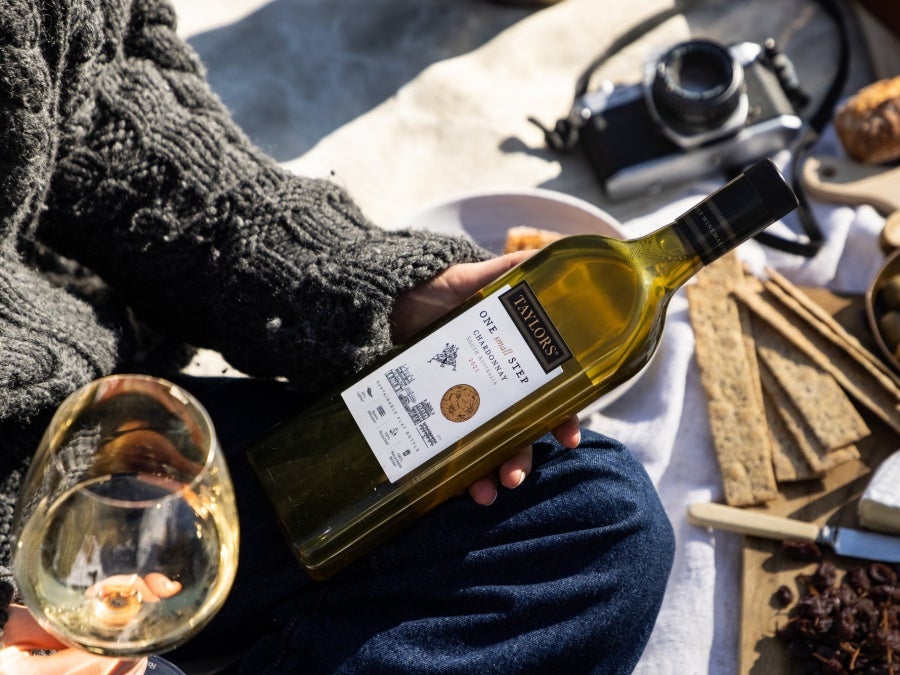
Packamama’s bottles have been adopted by the likes of Accolade Wines for its Banrock Station brand and by Australia's Taylors Wines through a bespoke range called One Small Step.
Pimping plastic
With weight central to product development, plastic is increasingly used as a leakproof inner container sheathed in another material.
Take the Frugal Bottle by UK manufacturer Frugalpac – a 75cl bottle made from a 94%-recycled-paperboard outer and food-grade plastic inner pouch, weighing around 82g.
The bottles can be transported flat and packaged at source. Speaking to Just Drinks at the 2024 ProWein trade fair in Germany, CEO Malcolm Waugh said a palette fits 5,000 unassembled Frugal Bottles, compared to 1,000 assembled or glass bottles.
He predicted a quarter of wine and spirits bottles on supermarket shelves could be paper rather than glass within a decade due to surges in glass prices and consolidation in the glass industry.
Frugalpac sells its machines and the royalties for producing Frugal Bottles, with a long-term aim of moving away from manufacturing. The company has machines in the UK, Europe and Canada, which also services the US.
“The glass industry has consolidated a lot, which is why our solutions are quite interesting to the industry because you’re not reliant on large supply chains if you’ve got a machine in your facility,” Waugh says.
“We deal with straightforward paper and print – there are hundreds of print factories around the world. Then, from a pouch perspective, we’re seeing a lot more of those businesses, certainly regionally.
“The other thing with the glass industry is consolidation with ownership. You’re getting to a point where there’s less leverage that companies could put on the glass guys.
“That leads to people [moving to] alternatives, whether it’s Frugal Bottle, can or bag-in-box.”
In France, LVMH-backed Green Gen Technologies is producing flax wine and spirits bottles with a PET bag inside. The GGB-flax bottle weighs 84g in total. Previously, the flax outer weighed 80g and the inner an additional 50g. Its spirits bottle has a food-grade PLA liner, meaning the bottle is biodegradable, but this material cannot be used for wine at present.
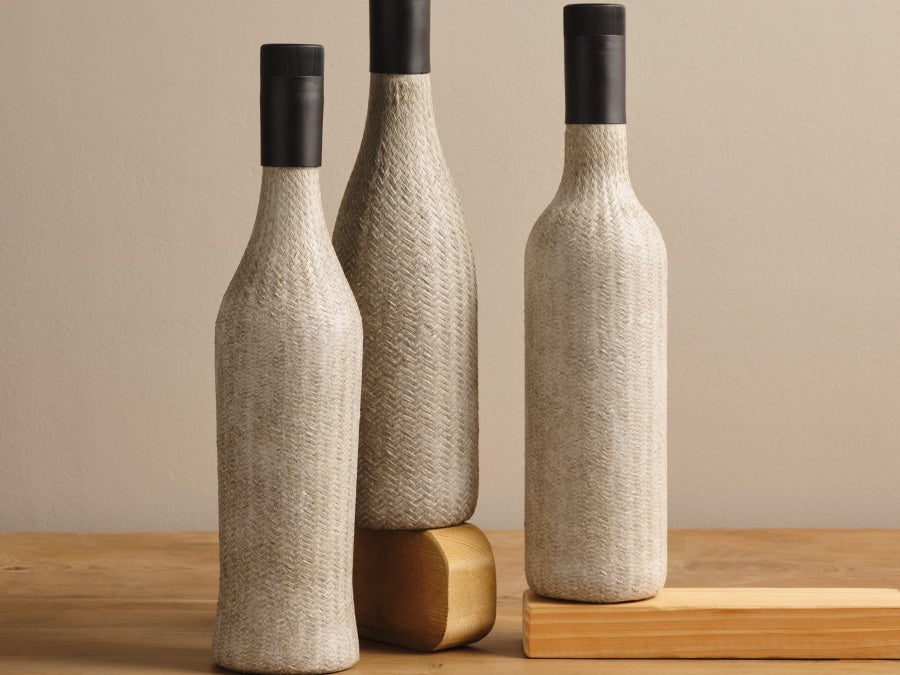
Founder James de Roany feels “PET is not very smart” when used on its own, adding: “You can’t sell a high-value product in just PET. Cans, PET bottles, even the Frugalpac is fairly entry-level. And many of our clients say: ‘Okay, this is interesting, but it looks a bit cheap.’ For well-known brands, they would prefer [the flax] one.”
Flax is grown widely in northern France and de Roany says it is “extremely strong and extremely light”.
The plants are easy to grow and don’t need phytosanitary treatment or irrigation. The flax composite, which can be manufactured at room temperature, gives structure to the bottle, so the plastic liner is there to keep the container airtight.
Green Gen Technologies is also about to launch its second product, the GGB-cardboard bottle, which will be available from September 2024. This bottle can be filled with wines or spirits on any standard bottling line.
Cans
Infinitely recyclable and much lighter than glass, canned wine is making inroads – particularly in the US. UK manufacturer Canned Wine Co. estimates three 250ml cans weigh 30g, compared to an average 750ml wine bottle of 500g.
“Cans provide a massive saving on things like energy and logistics. They are cheaper, quicker to cool, recyclable… This is what the trade needs to realise,” says Jan Hofmeyr, co-founder of South African canned-wine company Vinette.
While aluminium is infinitely recyclable, recycling rates vary and many can designs still require virgin aluminium. This “involves mining bauxite from open-pit mines and energy-intensive aluminium production”, Canned Wine Co. says. They are also a single-use option.
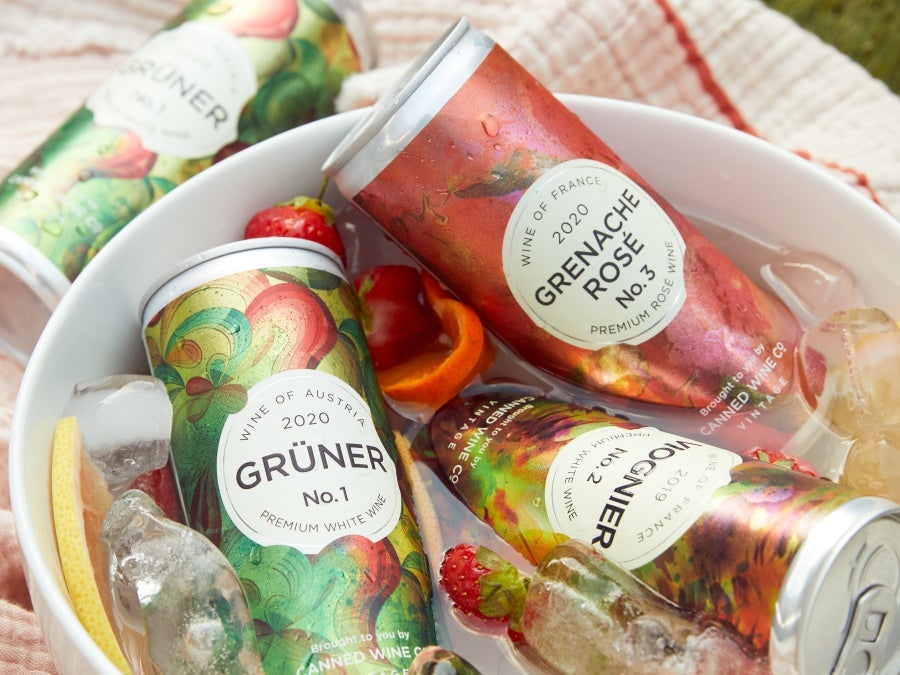
In some markets, there is still a perception barrier to overcome with a canned wine too – as well as concerns it could damage quality. There are premium examples, however – such as The Duckhorn Portfolio’s Sonoma-Cutrer canned Chardonnay ($5 per 250ml can) and Canned Wine Co.’s range ($7.61 per 200ml can).
The perception of non-glass formats as ‘cheaper’ isn’t unique to cans - Petainer says the “lion’s share” of its customers are bottling wines under £15 in PET.
Its canned Sonoma-Cutrer Chardonnay also opened the door to on-premise customers wishing to reduce waste, or where a 75cl bottle was too expensive to list.
On-premise: wine on tap and kegs
Wine on tap is stored and transported in plastic or steel kegs and can be added to a bar alongside beer – which also increases brand visibility.
UK wine and cocktail keg supplier The Sparkling Wine Co. says using kegs can improve margins by reducing waste, as well as speeding up serving time at the bar. It says its reusable steel kegs can reduce a venue's carbon footprint “by 96% in the long run” as well as preventing glass wastage.
It adds: “Buying wine in bulk amounts for kegs is cheaper than buying bottles of wine. This means that you are naturally spending less money to earn the same amount back from profits.”
Nik Darlington, the co-founder of UK importer The Graft Wine Company, says kegged wine was historically seen as “a way to make cheap wines even cheaper”. But he adds: “We still do see it as a way to keep prices down, particularly for wines by the glass. But, first and foremost, it is a greener, more sustainable way of serving wine.”
*A. Navarro et al. / Journal of Cleaner Production (2016)




